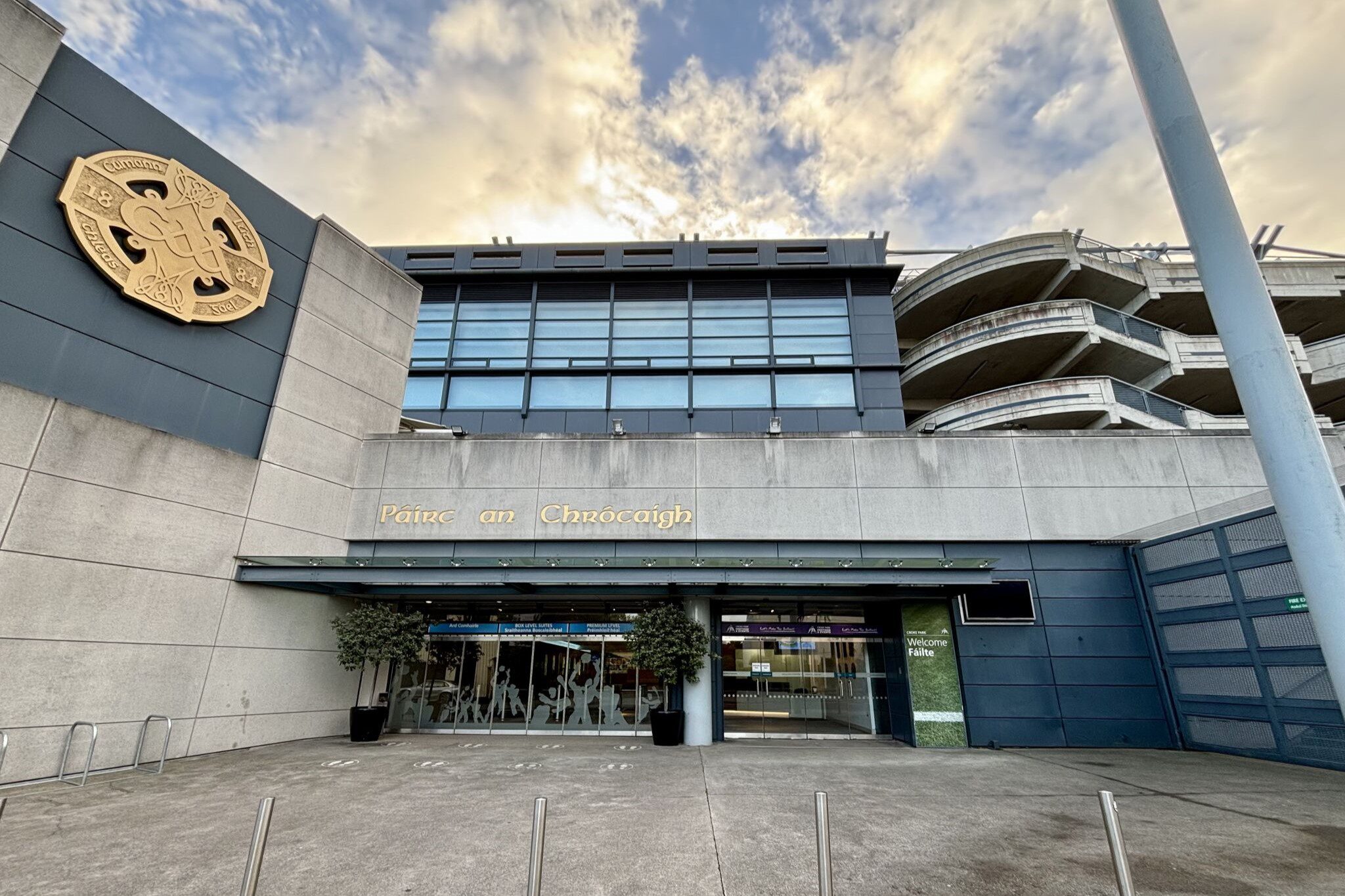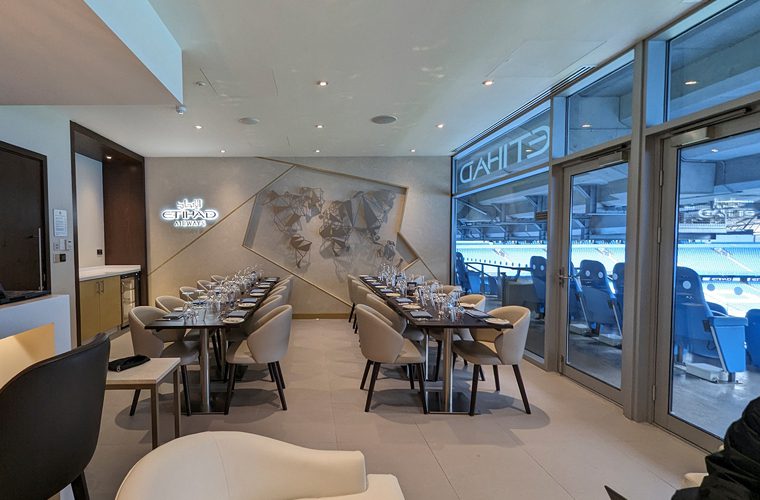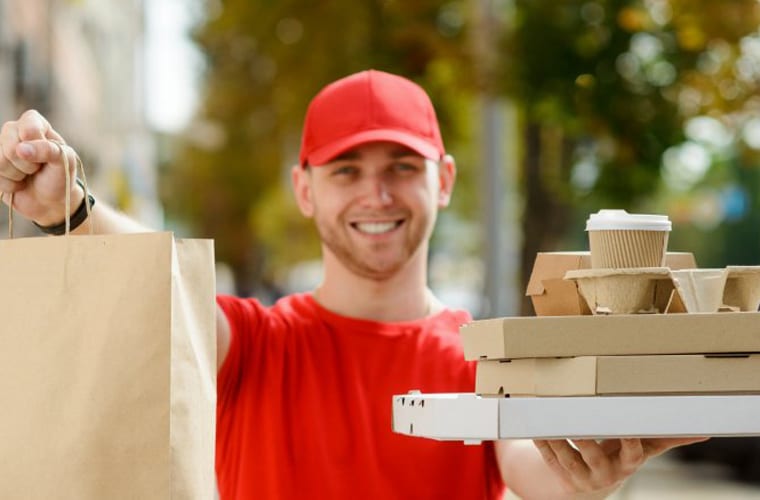
Food delivery platforms such as Deliveroo and Just Eat are commonly used by takeaway businesses across the UK. For these takeaways, solutions like Deliveroo can provide an effective and efficient way to deliver without the need for an on-staff driver, while tools such as Just Eat remove the need for small businesses to develop their own online platform. In fact, food delivery platforms are so popular that it’s estimated that they contribute £6.7 billion to the UK economy each year. However, these online channels are not proving to be quite as popular amongst the country’s dine-in restaurants. Why?
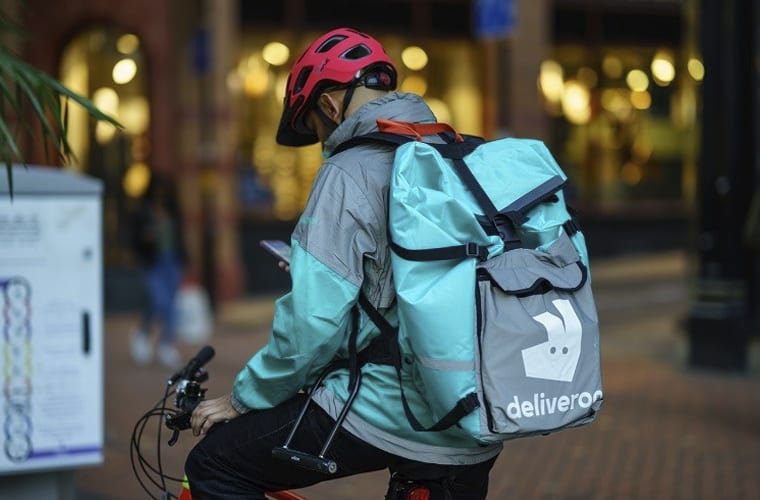
Restaurateur concerns with food delivery apps
Perhaps the most obvious deterrent to using food delivery platforms is that drinks sales continue to make up a significant portion of revenue for many establishments. In April last year, it was reported that while like-for-like food sales had risen by 0.8%, drink sales increased by 3%. Drinks sales are likely to be notably lower with delivery than dine-in.
However, restaurateur concerns are not only related to cost. Relationships play a big role, with almost half of all restaurant professionals believing that third party apps can affect the customer/establishment relationship. Part of the reason for this is a restaurant’s ability to address and rectify customer issues in real time when operating a dine-in policy. The use of delivery apps introduces a ‘middle man’, and can create new challenges in customer service, potentially impacting loyalty and industry reputation.
Finally, it’s important to consider the risks associated with relying on third parties for day-to-day operations. “You’re completely at the behest of the Deliveroo algorithm - the riders, where you appear on their app - it’s not a relationship most operators are comfortable with. If Deliveroo becomes 25% of your sales, are they going to be here in three years? You’re exposed. And if they are, will they dictate a higher margin? They’re in the driving seat,” says Simon Potts, Managing Director of the Alchemist Group.
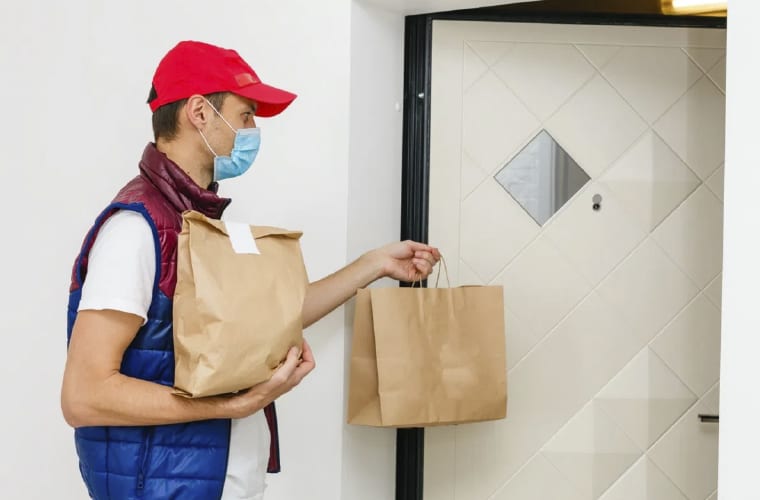
Advantages of online technologies
Despite the downsides of using food delivery platforms, it’s time for change. It is anticipated that restaurants may only be able to operate at 50% capacity - as is happening in Spain - when COVID-19 restrictions are lifted to allow for adequate table spacing in line with social distancing. Restaurants may need to offer alternatives to dine-in options if they are to emerge strongly in the post COVID-19 landscape.
One potential alternative is for restaurants to design and build their own website with online ordering capabilities. It’s certainly a viable option, but in a survey of restaurant professionals, 62% believed they could see more benefits from using a third party app.
So just what are some of the benefits that restaurants could experience when using an online food delivery platform within the ‘new normal’ dining environment in the UK?
Firstly, many consumers prefer to use apps. They’re familiar, they’ve got a following, and they remove many of the trust challenges that stand in the way of reaching out to new audiences. Familiar apps essentially provide a trust buffer that takes the risk out of ordering from a new restaurant, helping establishments to build their customer base ready for an easing of dine-in restrictions in the future. This familiarity is helping restaurants to boost their revenue, with a Deloitte report on behalf of Uber Eats suggesting that third party apps have resulted in a 4% increase in meals sold from London-based establishments.
Secondly, COVID-19 has demonstrated just how vital it is to be able to adapt quickly. Readymade, ready established platforms remove the need to recruit and manage in-house developers and digital marketing teams. They provide instant online visibility, helping restaurants to establish a strong online presence quickly at a time when agility is critical. The Global Food Delivery Takeaway Market report estimates that it is more cost efficient to outsource logistics, which helps with budget concerns too.
Finally, while working with a third party food delivery platform isn’t free, it is understood that it can be a more cost effective option overall than offering an in-house delivery service. Restaurants may be able to save in areas such as packaging, delivery, payment services, and order tracking technologies when using a third party solution. At times of financial uncertainties such as this, savings in these areas can make a difference to the entire business operation.
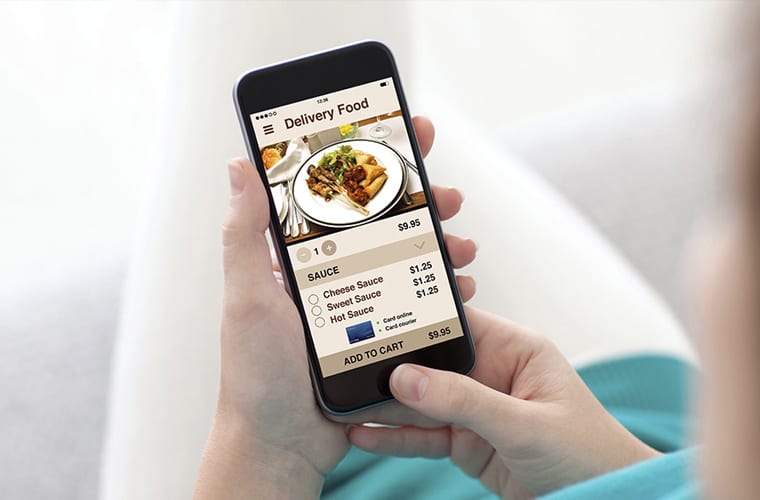
Time for change
Food delivery platforms aren’t perfect. But love them or hate them, they are working to facilitate a strong future for restaurants that have been affected by the global pandemic. While there are certainly other ways to navigate the challenges created by coronavirus, such as building a business website with ordering capabilities, user penetration of third party apps in the UK is expected to rise to 18.9% in 2024, up from just 15.4% in 2020. It’s essential that establishments ensure they’re present where their customers are. For many, this could mean considering the use of online delivery services.
